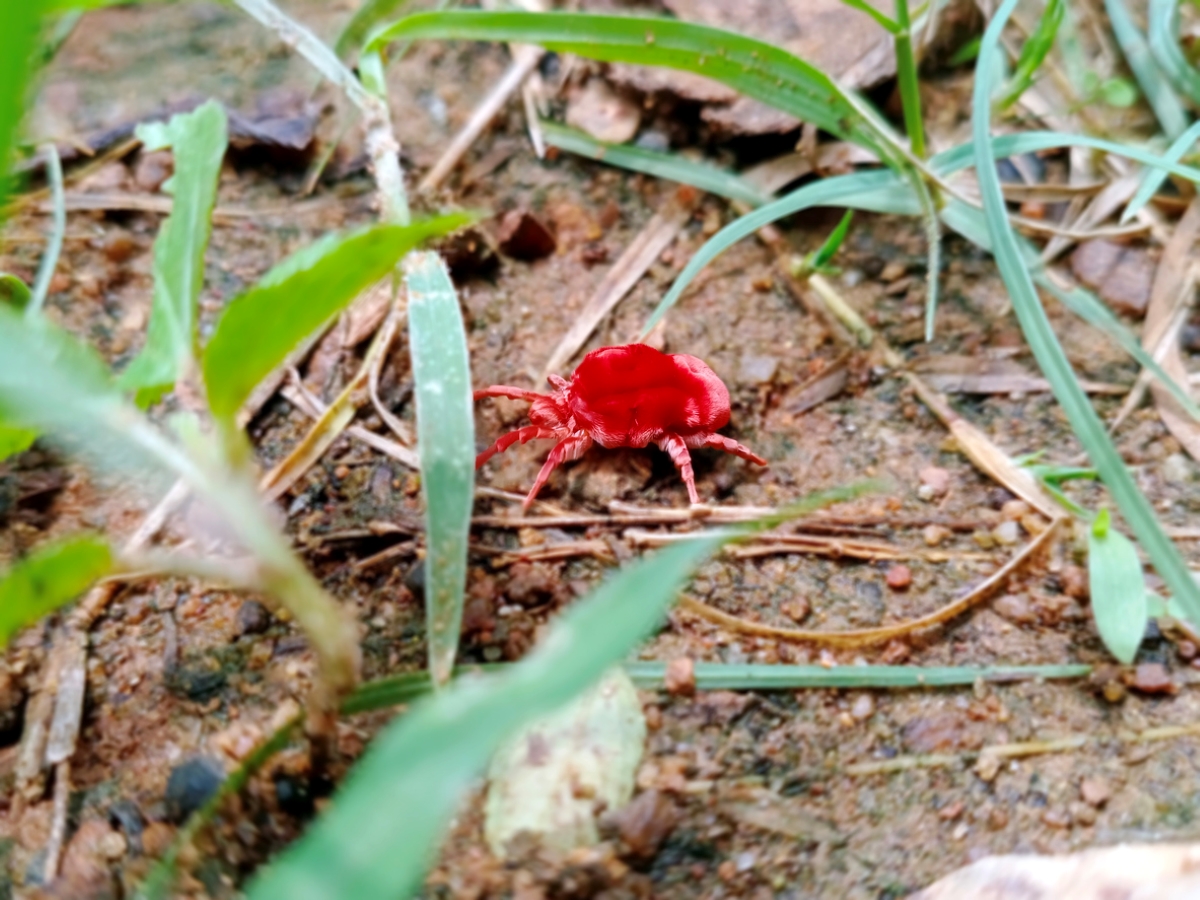

We may earn revenue from the products available on this page and participate in affiliate programs. Learn More ›
Getting rid of chiggers is easier when you know more about the creepy-crawly buggers and how they behave, as there are several misconceptions about the microscopic mites. When it comes to chiggers, there’s good news and bad news. Let’s start with the good news: Chiggers do not burrow into human skin, as many people believe, nor do they feed on human blood.
The bad news is that chigger bites cause a lot of itchiness. The seemingly unstoppable itching sensation from chigger bites might continue for two or even three weeks, which is why outdoorsy folks want to prevent bites at all costs.
What are chiggers?
Lots of people think that chiggers (Trombiculidae) are insects, but they are actually arachnids, like spiders and ticks. Also known as trombiculid mites, harvest mites, berry bugs, and red bugs, adult chiggers do not bother humans—it’s only the larvae that bite.
Chiggers do not carry disease, so their bites aren’t really harmful, unless you scratch your bites so hard that they become infected. Nevertheless, it’s best to avoid the bites of these pesky mites whenever possible.
What do chiggers look like?
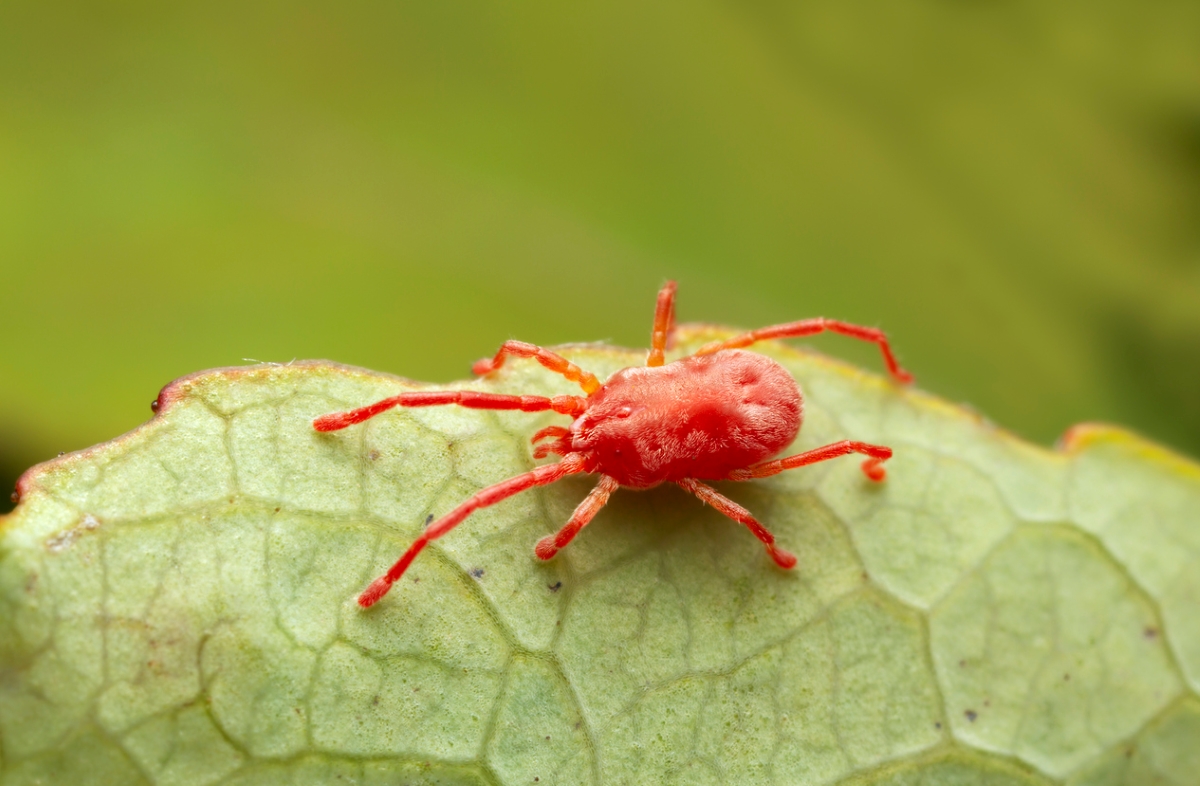
Chiggers are microscopic: Adults measure about 1/60th of an inch. In the larval stage, they are orange or bright yellow, and turn red as they mature. As arachnids they have eight legs, which can make things confusing when it comes to distinguishing between clover mites vs. chiggers. The two share so many other characteristics that they are easily mistaken for one another. Chiggers are half the size of clover mites, but that distinction doesn’t necessarily help in identifying them, unless the two are placed side by side.
What about chiggers vs. scabies? These pests and their bites are also difficult to distinguish. Both are arachnids, both are tiny, and bites from both pests can cause terrible itching. However, scabies burrow under the skin, where they can stay for months. By comparison, the average chigger only hangs out for up to 36 hours. (If humans were accommodations, scabies would regard us as Homewood Suites, whereas to chiggers, we’re akin to a Red Roof Inn.)
What about chiggers vs. bed bugs? (Worst WWE match-up ever.) Bed bugs are flatter and browner than chiggers, egg-shaped and, at ¼ inch long, comparably enormous. Chiggers are picked up outdoors, while bed bugs, as the name implies, live in bedding, clothing, and fabric furnishings like curtains or rugs, among other indoor locations.
How do chiggers attach to a host?
Chiggers attach themselves to their host’s skin (on the outside, thank goodness!) in order to feed. While chiggers don’t have a taste for blood, they do savor human skin cells. An enzyme in their saliva transmitted by the bite breaks those cells down quickly. It also results in a raised, red, hardened spot on the victim’s skin that acts like a feeding tube, so chiggers can siphon off more liquified cells.
Chiggers continue to ride the Epidermis Express and remain attached to the bite victim’s body for up to four days. Unfortunately, the inexorable itching continues until your body has eliminated all traces of that itch-inducing digestive enzyme.
Where do chiggers live, and what are their habits?
While chiggers can and do thrive in many climates, they prefer warmer and wetter conditions. In the U.S., you’ll find them in a wide swath of literal middle America, including the lower midwest—think Missouri, Arkansas, Oklahoma, Nebraska, and Iowa. There’s some chigger activity in the southwest, southeast, and the Great Lakes region. Folks who live in states along either coast may not be as familiar with these annoying arachnids, but shouldn’t discount them entirely.
Prime chigger real estate is any area that’s wet, overgrown, or dense with vegetation; they inhabit thickly wooded areas, wild weedy riverbanks, or any scrubby, low-lying locations. Still, that doesn’t mean they avoid suburban lawns or well-kept parks.
Chiggers can climb, but because they’re not great at jumping or flying, they’re mostly found within a foot of the ground. The mites are most active in late spring, summer, and early fall—particularly in temperatures between 77 degrees and 86 degrees Fahrenheit. When the mercury drops to about 42 degrees, it’s curtains for chiggers.
How to Get Rid of Chiggers
As with most pests, a multi-pronged approach to deterring chiggers will be the most effective. Bonus: These steps may also keep other pests from taking up residence in your yard.
Tools & Materials
Bobvila.com may earn a commission from purchases made through these links.
STEP 1: Clear your property of heavy vegetation.
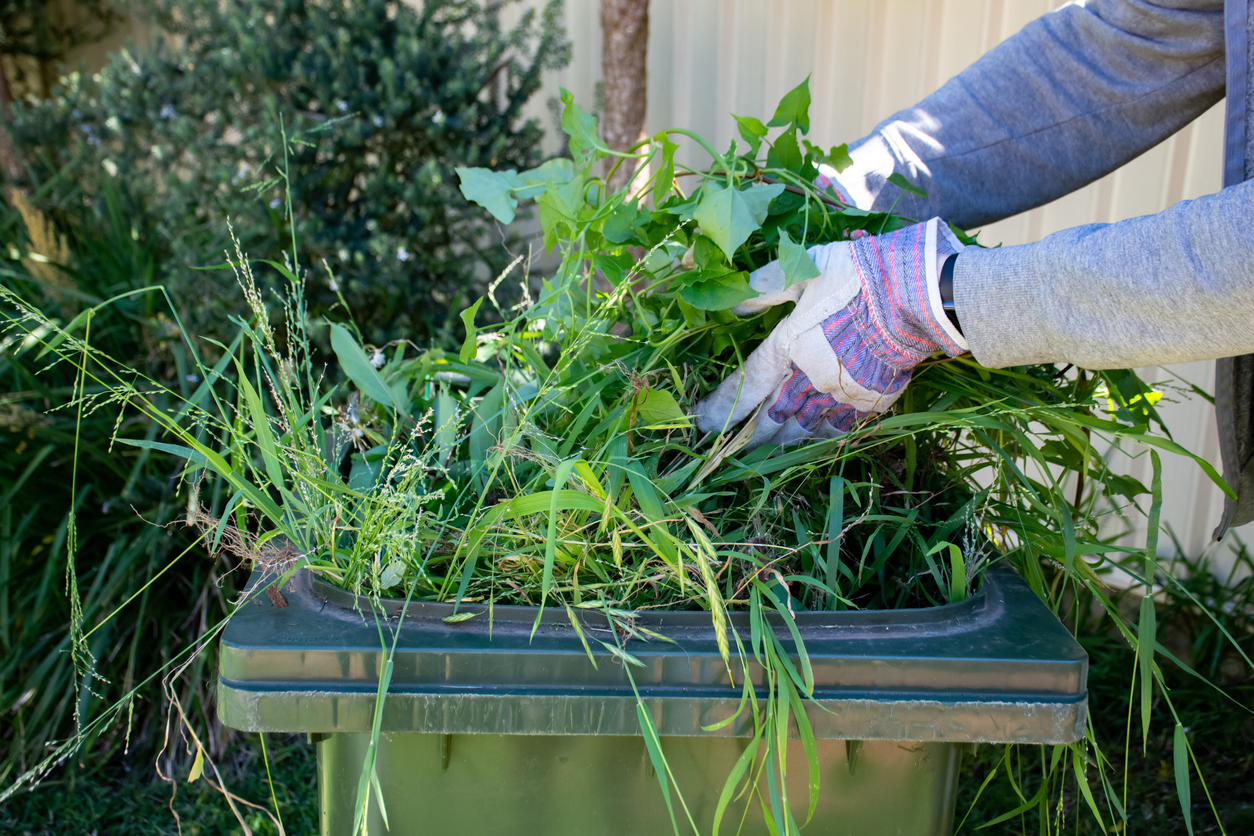
Chiggers tend to live close to the ground, in and around areas with heavy vegetation. When you’re strolling through public gardens or hiking in the woods, it’s a good idea to steer clear of areas with overgrown grass, weeds, shrubs, bushes, brush, berry thickets, and pond perimeters or riverbanks.
On your own property, you may want to eliminate enticing, overgrown areas altogether. Put your rake to use to remove leaves, branches, and other plant matter from the property. Trim hedges and shrubs, take care of weeds, and keep your grass cut short. Short grass is not ideal for the lawn’s health, but it may save you some discomfort from chiggers down the road.
STEP 2: Remove all trash from your cans and around the lawn.
Like many garden pests, chiggers choose damp, dark areas to await their prey. To them, trash is prime real estate. Moisture can collect under food wrappers, newspapers, plastic bags, and other trash that might have been left behind by inconsiderate guests or blown into your yard.
Luckily, harvest mites can’t jump, fly, or otherwise travel very far—or very fast. They are much more likely to latch onto you if you’re close to their habitat. Once you clear your property of tempting, trashy habitats, chiggers will migrate elsewhere for their next meal.
STEP 3: Make your property unattractive to chiggers’ host animals, including reptiles and rodents.
Given their druthers, chiggers would rather nosh on rodents, reptiles, birds, or even small mammals. Humans are a last resort. So the question isn’t always how to get rid of chiggers in yards, but how to make your yard inhospitable to their host animals.
Start by banishing these pests’ food sources, like bird feeders and BBQ grills with caked-on cookout remnants. Never toss stale bread or wilted veg in your yard, no matter how many cute bunnies or birds come begging. And make sure there’s several feet of distance between your house and any trees, bushes, and fences that could provide a highway to your house, to complicate critters’ breaking and entering attempts.
STEP 4: Use natural methods to deter and kill chiggers.
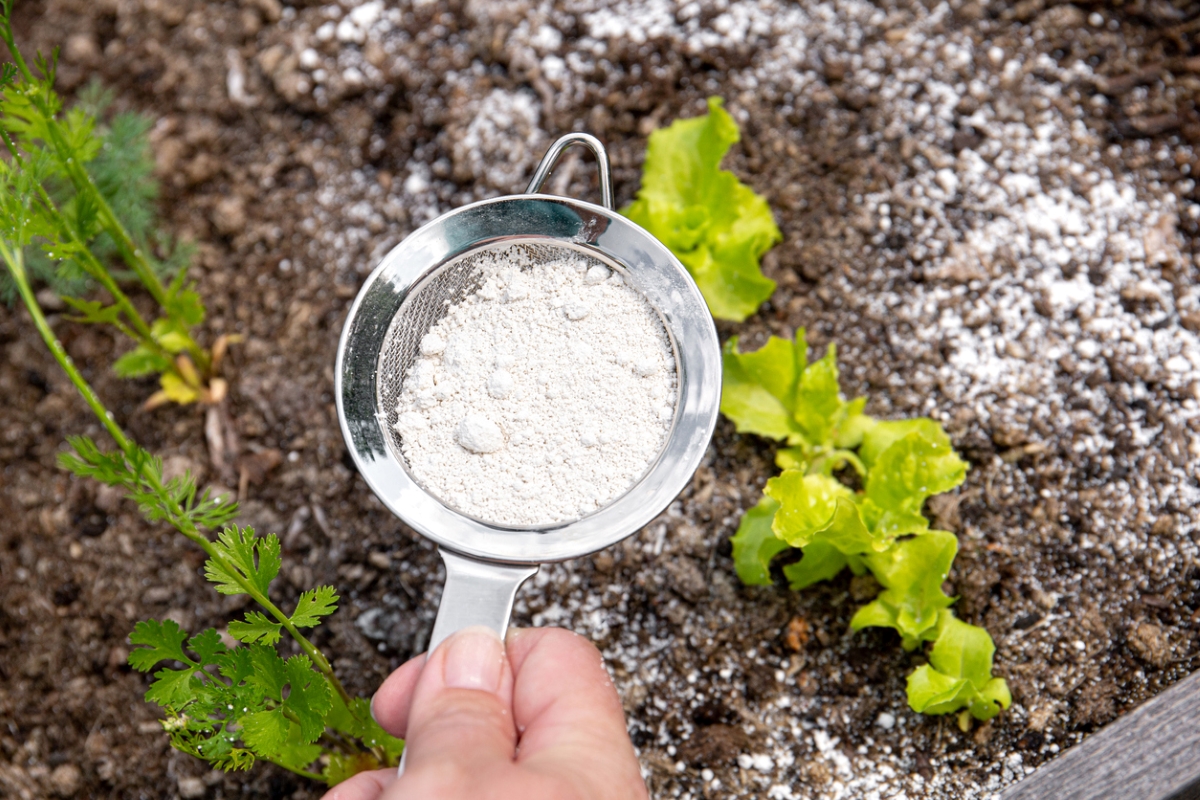
Parents, pet parents, and anyone else who’s loath to deploy chemical pest killers may be happy to hear that all-natural DIY chigger treatments are an easy, often inexpensive, effective approach. If you have chiggers on your property, try these solutions first:
- Powdered sulfur. Apply it generously on your lawn to curb the chigger problem; if you’re headed out on a hike, dust your lower pant legs, socks, and shoes with it.
- Essential oils. Buy ready-made pest repellent sprays, or make your own, from essential oils. Citronella, tea tree, eucalyptus, lemongrass, and geranium are all smart anti-chigger choices.
- Apple cider vinegar. Is there anything that ACV can’t do? This inexpensive and effective elixir is a household workhorse, useful for pickling purposes, hair and skin care, odor control, and umpteen cleaning chores. You can add “deter chiggers” to the lengthy list of its applications.
- Diatomaceous earth. You may already have some of this versatile, useful stuff—essentially, it’s naturally occurring silica from fossilized algae—in your garden shed or cleaning closet. Purchase food-grade diatomaceous earth to deter chiggers, along with ants, slugs, and beetles. Pro tip: Consider buying DE in bulk, because there are many more uses for diatomaceous earth.
STEP 5: As a last resort, consider applying pesticides or calling a professional exterminator.
DEET is a pesticide that’s proven to make short work of a chigger population, as are insecticides containing carbaryl, bifenthrin, or permethrin. However, these can be toxic to humans and pets, and they don’t discriminate between undesirable mites and beneficial bugs, like bees. Give other options the ol’ college try before resorting to these types of chemicals, and be sure to educate yourself fully about the disadvantages of using these chemicals.
It’s one thing to know how to get rid of chigger bites, but actually preventing them can be a different matter altogether. Consider calling a professional form one of the best pest control companies (such as Orkin or Terminix) if your chigger problem is more than you can handle. Although they probably deploy pesticides, their know-how and experience means that they’ll do so with caution, precision, and control to do the least harm.
What do chigger bites look like?
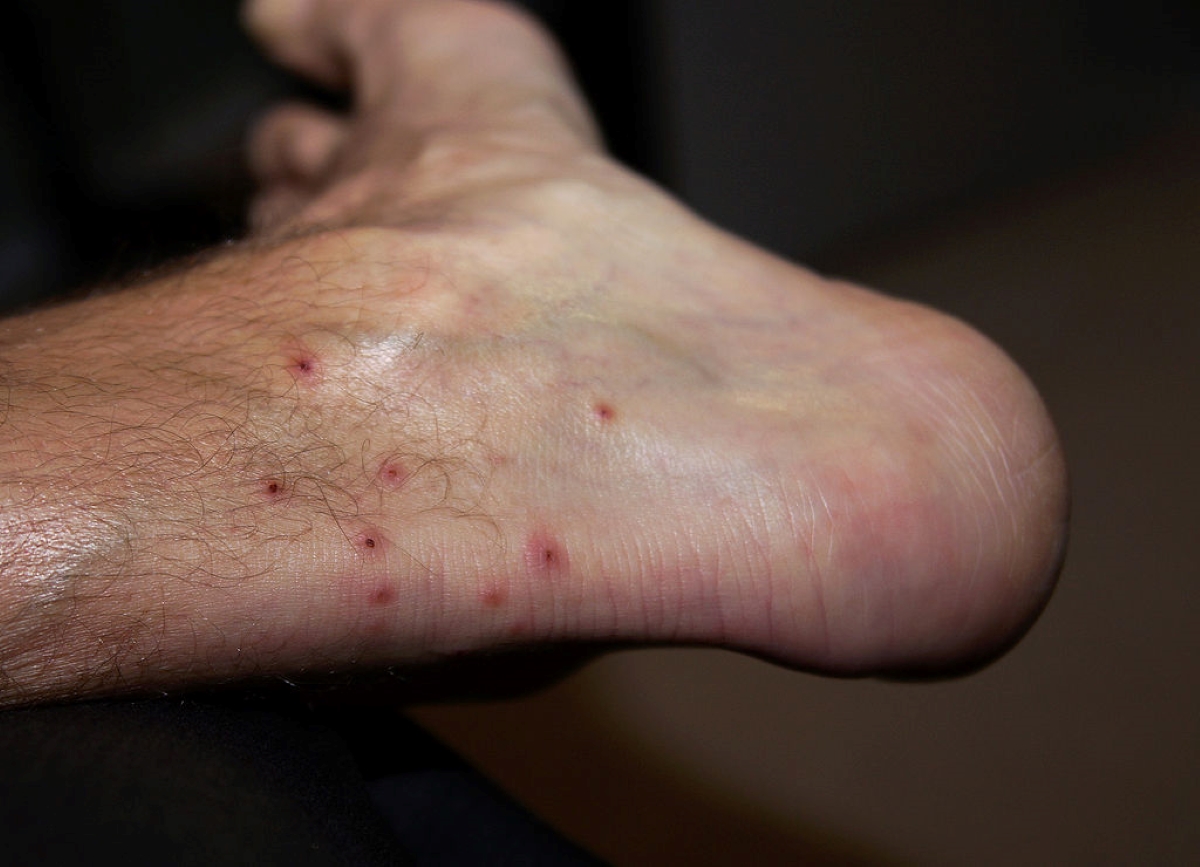
It’s a sure sign that you’ve fallen victim to this mite’s bite if you notice tiny red spots or specks on your body, particularly a line or a cluster of them. Such clusters commonly appear around a person’s waist or ankles. You may also notice raised red bumps or welts. Some folks develop a hives-like rash that can take up to several weeks to heal. Look at pictures of chigger bites to help determine which kind of mite has left its mark on you.
Depending on the victim’s body chemistry, skin sensitivity, or allergies, the appearance of red bug bites from chiggers can closely resemble those of mosquitos, spiders, or other insects. The intense itching, as well as the telltale clusters of red, inflamed-looking spots, will signify that chiggers are the culprit.
How to Prevent Chigger Bites
You know what they say about an ounce of prevention, right? The best way to spare yourself the misery of itching and scratching chigger bites is to make your body as inhospitable to the arachnids as possible.

Use an insect repellent.
Don’t let a fear of chiggers diminish your enthusiasm for the great outdoors. There are some preventative measures you can take to keep the pests from chomping on you. Insect repellent is a simple, and unfortunately stinky, option. You can also make your own chigger repellent spray with witch hazel, water, and essential oils.
Dress to protect your skin.
The clothing you wear outdoors can be an effective repellent, too. Chiggers generally zero in on areas where there are folds, wrinkles, or thin skin, so pay special attention to your ankles, shins, wrists, groin, armpits, bra line, and the backs of your knees.
Long-sleeved T-shirts and thick socks under sturdy boots are good lines of defense, as are pants that reach past your ankles (tuck the pants into your socks for extra protection).
Pro tip: Don a pair of pantyhose or tights underneath your jeans or cargo pants because chiggers can’t bite through this kind of fabric.
Take a shower as soon as you come inside from the outdoors.
A hot shower feels good to many after physical activity, and taking one after a hike in wooded areas can stave off ill effects from several pests, including chiggers and deer ticks. Before stepping under the spray, pop your clothes into the washing machine to keep any stowaways contained, even if you don’t start a load of laundry right away.
If you’re roughing it in a forest cabin or can’t shower immediately for some reason, at least change your clothes after a hike. While you’re undressed, brush off your body with a towel or washcloth, paying particular attention to the aforementioned danger zones.
How to Treat Chigger Bites
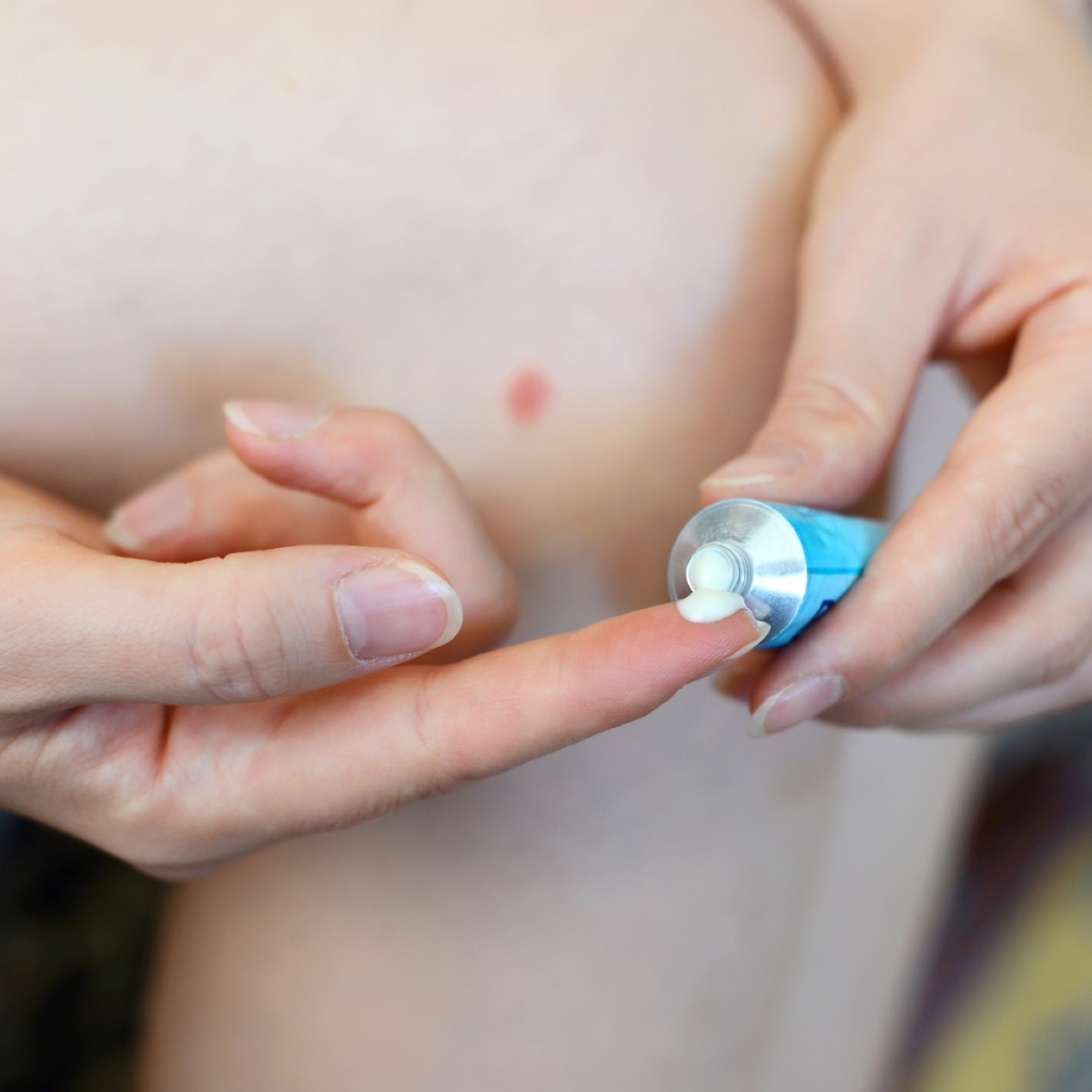
Try as you might, there’s no surefire way to eliminate the risk of being bitten by chiggers or other critters. If you start to itch several hours after being outdoors, wash the affected area right away and apply an antiseptic.
To soothe the itch, try home remedies for chigger bites: ice packs, calamine lotion, chamomile lotion, hydrocortisone cream, or an over-the-counter antihistamine such as Benadryl. If none of these even stop the itch, call your physician to ask about a prescription-strength solution.
Do your level best not to scratch your skin, as difficult as that might be. When you scratch, you run the risk of breaking the skin and developing an infection.
Final Thoughts
Although these tiny arachnids are annoying, chiggers aren’t cause for serious concern. It is relatively easy to give them a wide berth and thereby avoid being bitten. If you own property, make it inhospitable to chiggers by cutting your grass frequently, trimming back excessive plant growth, and keeping leaf litter and other debris in check.
Exercise caution when you spend time outdoors, especially where there are weeds, tall grasses, shrubbery, thickets, or any abundance of vegetation. Cover all exposed skin, use insect repellent, and try to avoid close contact with plants. Be sure to shower as soon as possible after coming back indoors to wash away any hitchhiking chiggers.
